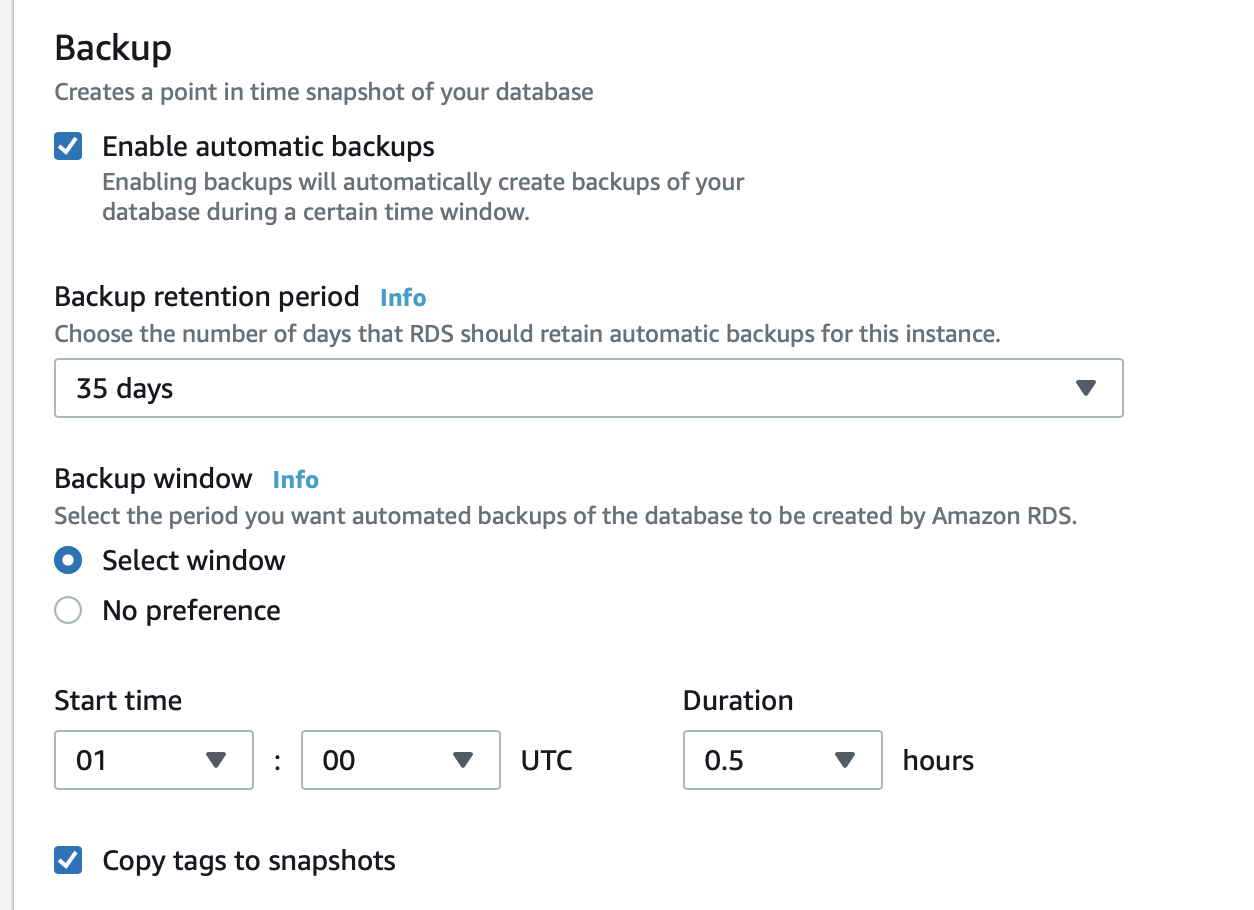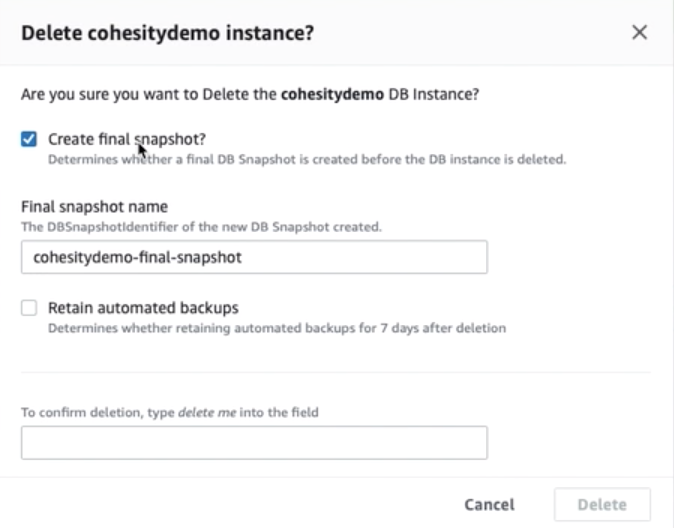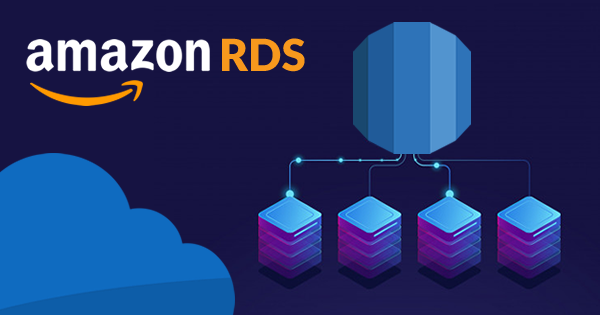RDS (Relational Database Service) is a PaaS offering in AWS, RDS offers an automated deployment of various SQL databases such as Oracle, MySQL PostgreSQL and more. RDS makes deploying databases in the cloud simpler, it takes away the complexity and automates tasks such as software patching and also provides in built backup and recovery.
Whilst RDS is great, it's worth delving a bit deeper into the backup and recovery piece, chances are these databases are important to your organisation so we need to ensure that they're protected.
When configuring RDS we have the option to define the backup start time & retention, up to a maximum of 35 days.

RDS also allows for manual backups of the instance to be taken , this is important as by default all automated backups of RDS instances are deleted along with the deletion of an instance. They can however be retained optionally for 7 days. Another downside of automated backups is that they are not replicated cross-region, for those desiring this manual backups will be required.
It is worth noting that when backups are taken they reside in S3 however this is not in a customer managed bucket and as such they are accessed only via the RDS service.

Aside from this I often speak to organisations that want to be able to centralise their backup & recovery operations and ensure that they have uniformity of procedures across multiple public cloud and on-premises environments. At scale it's simply not practical to ensure retention policies are met across all instances and whilst automation can be done to mitigate some of the risk this doesn't help with centralising workflows.
For those that want to centralise on one data management platform, have longer retention or ensure that backups are replicated across regions Cohesity customers can use the in built RDS backup & recovery workflows. Cohesity takes the all the pro's of manual backups and automates them along with removing the need to manual delete stale backups through automated deletion controlled by the Cohesity policy engine.

Cohesity supports extensive recovery options to match those provided by the AWS console such as choosing the DB version and defining the VPC and Subnet Group. Databases supported include MariaDB, Oracle, MS SQL, MySQL and PostgreSQL. For a full demonstration walkthrough of protection and recovery of a PostgreSQL RDS instance see the below YouTube video. More information is available at http://www.cohesity.com .



